
Baron de Ros of Helmsley is the premier baron in the Peerage of England, created in 1288/89 for William de Ros, with precedence to 24 December 1264. Premier baron is a designation and status awarded to the holder of the most ancient extant barony of the Peerage of England. Before the Dissolution of the Monasteries the Prior of the Order of St John in England was deemed the premier baron.

Baron Hastings is a title that has been created three times. The first creation was in the Peerage of England in 1290, and is extant. The second creation was in the Peerage of England in 1299, and became extinct on the death of the first holder in c. 1314. The third creation was in the Peerage of England in 1461, and has been in abeyance since 1960.

Baron de Clifford is a title in the Peerage of England. It was created in 1299 for Robert de Clifford (c.1274–1314), feudal baron of Clifford in Herefordshire, feudal baron of Skipton in Yorkshire and feudal baron of Appleby in Westmoreland. The title was created by writ, which means that it can descend through both male and female lines. The Norman family which later took the name de Clifford settled in England after the Norman Conquest of 1066 and was first seated in England at Clifford Castle in Herefordshire. The first Baron served as Earl Marshal of England but was killed at the Battle of Bannockburn in 1314. His 8th generation descendant the 11th Baron, was created Earl of Cumberland in 1525, whose grandson the 3rd Earl was a noted naval commander. On the latter's death in 1605, the earldom passed to his younger brother, the 4th Earl.

Baron Willoughby de Eresby is a title in the Peerage of England. It was created in 1313 for Robert de Willoughby. Since 1983, the title has been held by Jane Heathcote-Drummond-Willoughby, 28th Baroness Willoughby de Eresby.

Baron Berners is a barony created by writ in the Peerage of England.
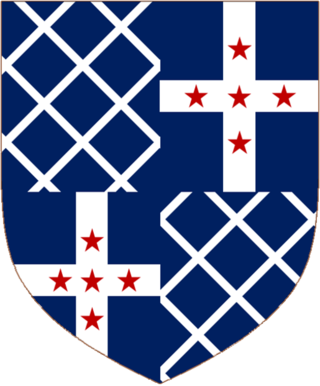
Baron Braye, of Eaton Bray in the County of Bedford, is a title in the Peerage of England. It was created in 1529 for Edmund Braye, 1st Baron Braye. However, the family originally originate from Normandy, they are direct descendants of Chevalier Baudry de Bray who came over to England in the Battle of Hastings of 1066. The family's local area in Leicestershire played host to two battles in England of note, the Battle of Bosworth Field where the current family's ancestor's were on opposing side, and also Battle of Naseby during the First English Civil War, where the old manor house hosted King Charles I. The barony was created by writ, which means that it can descend through both male and female lines. He was succeeded by his son, the second Baron. He died from wounds received at the Battle of St Quentin in 1557. Lord Braye was childless and on his death the title fell into abeyance between his sisters.

Earl Howe is a title that has been created twice in British history, for members of the Howe and Curzon-Howe family respectively. The first creation, in the Peerage of Great Britain, was in 1788 for Richard Howe, 4th Viscount Howe, but it became extinct upon his death in 1799. The second creation, in the Peerage of the United Kingdom, was in 1821 for Richard Curzon-Howe, 2nd Viscount Curzon, and it remains extant.
Baron Fauconberg is an hereditary title created twice in the Peerage of England.

Alan la Zouche, 1st Baron la Zouche of Ashby was born at North Molton, Devonshire, the only son of Roger La Zouche and his wife, Ela Longespée, daughter of Stephen Longespée and Emmeline de Ridelsford. He received seisin of his father's lands after paying homage to the king on October 13, 1289. Alan was governor of Rockingham Castle and steward of Rockingham Forest. Alan La Zouche died without any sons shortly before at the age of 46, and his barony fell into abeyance among his daughters.

The Frankland Baronetcy, of Thirkelby in the County of York, is a title in the Baronetage of England, created on 24 December 1660 for William Frankland. He later represented Thirsk in Parliament.
The Bishopp Baronetcy, of Parham in the County of Sussex, was a baronetcy in the Baronetage of England. From around 1780 the name was sometimes also spelled Bisshopp. It was created 24 July 1620 for Sir Thomas Bishopp who had previously represented Gatton in Parliament. He was by then almost 70 years old and who had earlier been created a knight by King James I on 7 May 1603 at Theobalds, shortly after James's accession to the throne. Thomas Bishopp was the son of Thomas Bishopp and Elizabeth Belknap, heir and daughter of Sir Edward Belknap, who was active in the service of the English crown, both on the battlefield and as a court official.
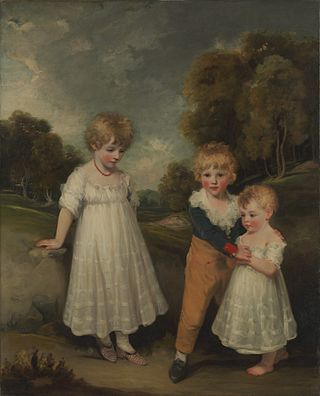
Elizabeth Sackville-West, Countess De La Warr and 1st Baroness Buckhurst, was a British peeress.
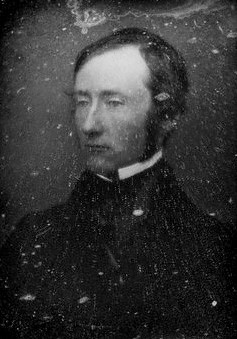
Robert Curzon, 14th Baron Zouche, styled The Honourable Robert Curzon between 1829 and 1870, was an English traveller, diplomat and author, active in the Near East. He was responsible for acquiring several important and late Biblical manuscripts from Eastern Orthodox monasteries.

Assheton Curzon, 1st Viscount Curzon, styled Lord Curzon between 1794 and 1802, was a British Tory politician.

The Honourable Robert Curzon, of Parham Park, Sussex, was a long-standing British Member of Parliament.
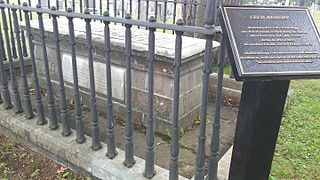
Lieutenant-Colonel Cecil Bisshopp was a British army officer and onetime Member of the Parliament of the United Kingdom who came to Canada in 1812 and died in the War of 1812.
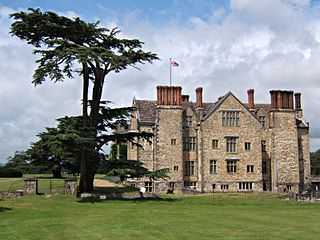
Cecil Bisshopp, 12th Baron Zouche, FRS was a Member of Parliament for New Shoreham who afterwards became the 12th Baron Zouche.
Sir George Bisshopp, 9th Baronet was Sub-Dean of the Chapel Royal, Dublin from 1816 until 1831, and thereafter and Dean of Lismore from 1831 until 1834.

Sir Robert Frankland-Russell, 7th Baronet (1784–1849) was an English politician, known also as an artist. In early life he was called Robert Frankland.

Baron St Maur was a barony created by writ in 1314 for the soldier Nicholas de St Maur, of Rode in Somerset.



















